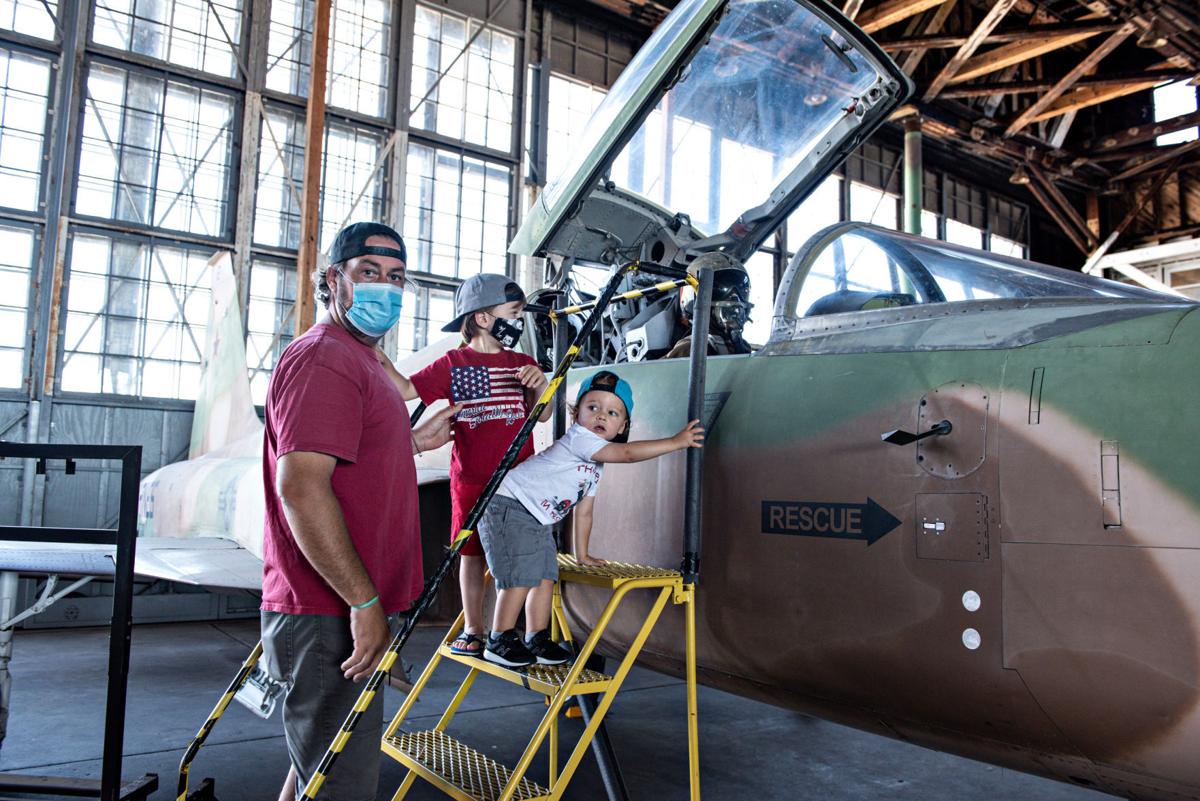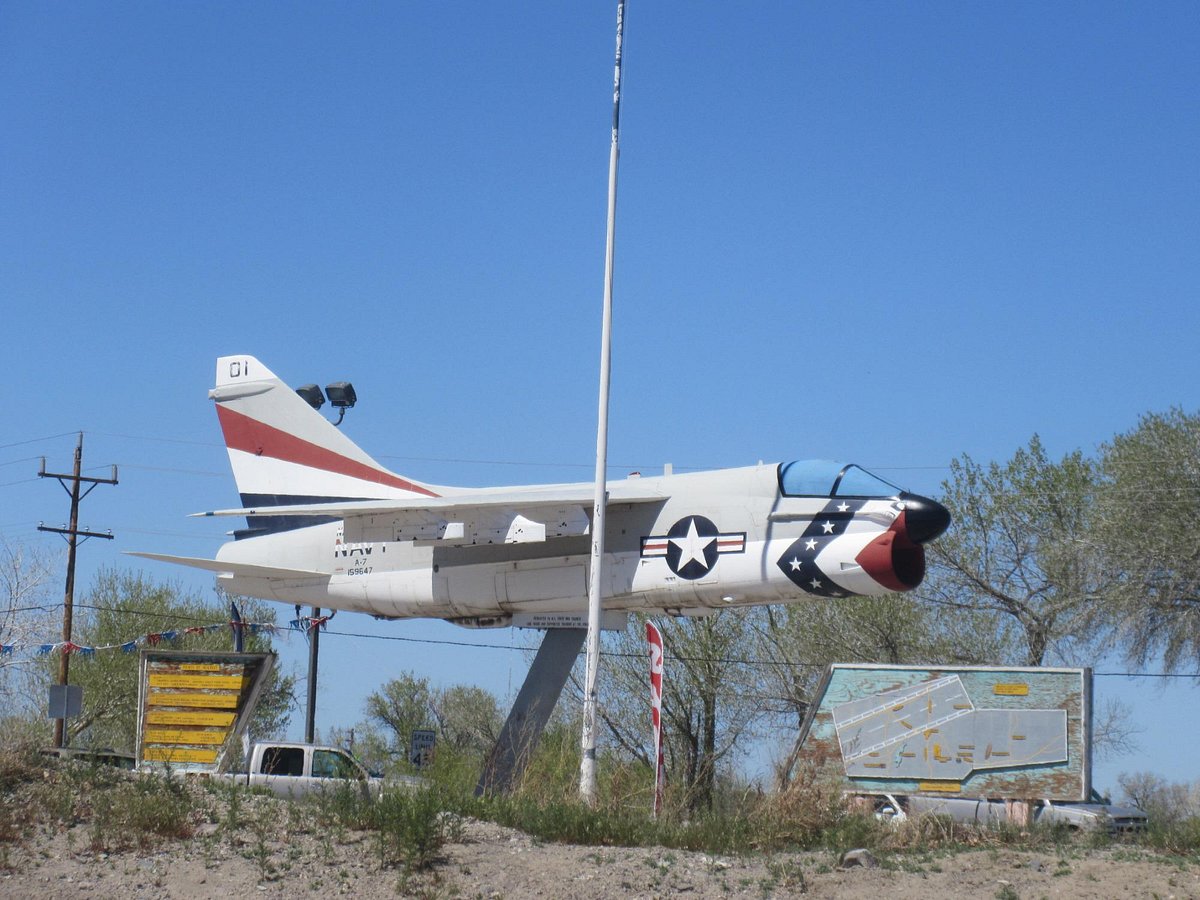Naval Air Station Locations - This document contains a list of common references, but their inline citations are not sufficient. Please help improve this article by introducing more accurate citations. (January 2013) (Learn how and why to remove this template message)
2015 Two US Navy F-35C Lightning IIs from VFA-101 fly in formation over NAS Lemoore with F/A-18E/F Super Hornets from VFA-122.
Naval Air Station Locations

36°19′59″N 119°57′07″W / 36.33306°N 119.95194°W / 36.33306; -119.95194 coordinates: 36°19′59″N 119°57′07″W / 36.33306°N 119.95194°W / 36.33306; -119.95194
Pensacola Navy Base Confronts Environmental Clean Up
Naval Air Station Lemoore or NAS Lemoore (IATA: NLC, ICAO: KNLC, FAA MEMBER: NLC) is a United States Naval base located in Kings County and Fresno County, California, United States. Lemoore Station, the location designated by csus, is within the perimeter of the base.
NAS Lemoore is the Navy's newest and largest jet base. The Strike Fighter Wing Pacific is based here along with its related squadrons.
NAS Lemoore also has five air service groups: Carrier Air Wing Two (CVW-2), Carrier Air Wing 5 (CVW-5), Carrier Air Wing 9 (CVW-9), and Carrier Air Wing Elev (CVW-2). -11) and the carrier group Sevte (CVW-17).
Commissioned in 1961, NAS Lemoore stands out above the farmlands of Central California due to its sheer size when seen from an airplane flying over it. It is the newest and largest jet base for the US Navy. There are two staggered parallel runways separated by 4,600 feet (1,400 m). Aircraft parking and maintenance hangars are aligned between the 13,500-foot (4,100 m) runways. It is separated from the hangar by an underpass through taxiways A and C, with the rest of the air operations area located just to the southeast.
Naval Air Station Pensacola
In July 1998, NAS Lemoore was selected as the West Coast base for the Navy's newest attack aircraft, the F/A-18E/F Super Hornet. The decision added approximately 92 additional aircraft, 1,850 additional active duty personnel and 3,000 family members to NAS Lemoore, and added or improved several related facilities.
The Navy also introduced four new naval formations to NAS Lemoore from 2001 to 2004. To support this, additional military personnel were needed at Aircraft Intermediate Maintance Department, Strike Fighter Weapons School Pacific, and Cter for Naval Aviation Technical Training Unit Lemoore (CNATTU Lemoore). difficulty. The construction director for the original base's construction was Lemoore's first naval officer, Commander Dnis K. Culp CEC/USN.
On March 31, 2016, a Jeep Grand Cherokee they were driving collided with a parked F/A-18 jet, killing two civilians.

They were pursued by the California Highway Patrol (CHP) and took the base unhindered by base security. A CHP helicopter watched the pursuit from above and captured the event on FLIR video. You can hear the base tower staff asking if the vehicle was already on base. The CHP dispatcher confirms this and hears that the CHP is unable to contact site security for assistance.
Nas Jax Air Show Hi Res Stock Photography And Images
With the transfer of NAS Miramar to the US Marine Corps, NAS Lemoore now houses the Navy's Thai West Coast fighter/strike capability. NAS Lemoore was built "from the ground up" as a master jet base, resulting in several operational advantages and relatively few limitations.
Strike Fighter Wing Pacific, with support facilities, is based here. Based at NAS Lemoore, the primary aircraft is the F/A-18 Super Hornet attack aircraft. In November 1999, NAS Lemoore received its first F/A-18E/F Super Hornets, replacing the F-14 Tomcat as an Air Force fighter and assuming the role of the older F in a different configuration. /A-18 Hornet fighter. Currently, NAS Lemoore has a home base of a total of 175 Hornets and Super Hornets operating in one Fleet Replacemt Squadron and six Fleet [Operations] Squadrons. In 2017, the F-35C Lightning II was aboard NAS Lemoore to form the first F-35 Pacific Training Squadron. South Weymouth Naval Air Station was a United States Naval Air Station that operated from South Weymouth, Massachusetts from 1942 to 1997. It was first established as a regular naval airship base during World War II. During the postwar era, the base became part of the Naval Air Reserve Training Command, housing several Navy and Marine Corps reserve aircraft squadrons and other types of reserve units. As with most BRAC sites, viral contamination was detected in 1986, and numerous remedies and long-term groundwater monitoring have been implemented since 1993. Since 2005, more than 600 acres have been relocated to the affected town for reuse, and in 2011, the Navy awarded a $25 million contract to resettle the remaining land.
In 1938, the site was investigated as a possible location for a municipal airport, which was never built. Base construction began in September 1941 and the base was commissioned on 1 March 1942 as US Naval Air Station South Weymouth. During World War II, the base's primary mission was to support anti-submarine airship operations. In its original format as built, South Weymouth's main facility consisted of two massive blimp hangars, the former hangar (LTA Hangar One or "The Big Hangar") which was a steel structure and the second hangar (LTA Hangar 2) a more conventional hangar This was a standardized hangar from World War II. The design of almost all wooden structures used to preserve ration metal. The base also had a 2,000-foot (610 m) diameter macadamia airship landing pad, six mooring circles, and a 4,500-foot (1,400 m) long concrete surface turf runway.
During the war with Germany, NAS South Weymouth served as the home of the ZP-11 Airship Patrol Squadron, which operated up to 12 K-class airships employed for ASW patrol and convoy escort duties around Massachusetts Bay and Maine Bay. Some historians and former Navy personnel claim that the ZP-11 Airship K-14, which crashed off the coast of Bar Harbor, Maine on July 2, 1944, with casualties, was actually shot down by a German submarine.
Master Plan Shows Potential Of Former Dallas Airfield
In addition to ZP-11, NAS South Weymouth hosted wartime contingents of Airship Patrol Squadron ZP-12 based out of NAS Lakehurst, New Jersey, and Airship Utility Squadron ZJ-1 based out of Meacham Field in Key West, Florida. The ZJ-1 was unique as it was the Navy's only airship utility squadron. ZJ-1's South Weymouth Detachmt (Detachmt 1) flew K-class and G-class airships and conducted aerial photography missions in support of electronics research projects conducted at the Massachusetts Institute of Technology and torpedoes at the Naval Torpedo Station in tested Newport. . rhode island A division operating at Elizabeth Field, Fishers Island, New York.
In 1944, NAS South Weymouth was the starting point for the first transatlantic flight by non-rigid airship. US Navy K-ships K-123 and K-130 of Blimp Squadron 14 (ZP-14, also known as Blimpron 14 or "The Africa Squadron") departed South Weymouth on 28 May 1944 for Argtia, landing on About 16 hours later , Newfoundland. The two K-ships flew for about 22 hours to Lags Field on the island of Terceira in the Azores. The last leg of the flight was an approximately 20-hour flight to the destination with Fleet Air Wing (FAW) 15 at Port Lyautey (now Kitra, Morocco) in Frch Morocco. Airships K-123 and K-130, followed by K-109 and K-134, and K-112 and K-101 departed South Weymouth on June 11 and 27, 1944 respectively. War operations to complete daytime missions flown by FAW-15 aircraft (PBY and B-24) use magnetic anomaly detection to locate U-boats in the relatively shallow waters around the Strait of Gibraltar. Later, ZP-14 K-ships conducted mining and mine-sweeping operations in major Mediterranean ports and conducted various escort missions, including escort missions that transported Franklin Roosevelt and Winston Churchill to the Yalta Conference in early 1945.
Downgraded from a naval airfield to a naval air facility after Germany surrendered on 9 August 1945, South Weymouth was used to house surplus naval aircraft that posed a U-boat threat to the East Coast and were awaiting final disposal. Many of these aircraft, especially the Eastern/Grumman TBM/TBF Avgers, underwent sophisticated cocooning and preservation methods in two massive airship hangars. During this period of South Weymouth's history, the base was known as the Naval Aircraft Parking Station or "NAPS". Naval Air Facility South Weymouth was placed on hold on 30 June 1949 and demoted back to Auxiliary Landing Ground or "ALF".

In 1950, the Navy decided to close Squantum Naval Air Station, which had traditionally been the focus of Navy and Marine Corps reserve air training in New Zealand, and move the reserve program to ALF South Weymouth. The decision to close NAS Squantum was driven by increased airspace conflicts with Boston's commercial airport (modern Logan International Airport) in nearby East Boston and the fact that Squantum's relatively short, landlocked (waist?) runway could not support it. This happened because high-performance jets.
Navy Wants To Quadruple Land For Fallon Naval Air Station Training
Between 1952 and 1953, NAAF South Weymouth was rebuilt to be better suited to support conventional aircraft operations. In its original World War II format, the base was not actually intended for regular use by heavier-than-air aircraft. The concrete-covered grass runway is perfect for passing aircraft, the station's Beech GB Traveler and
Naval air station, naval air station lemoore, brunswick naval air station, kingsville naval air station, naval air station hawaii, naval air station jobs, naval air station bermuda, naval air station virginia, naval air station fallon, quonset naval air station, jacksonville naval air station, naval air station patches
0 Comments